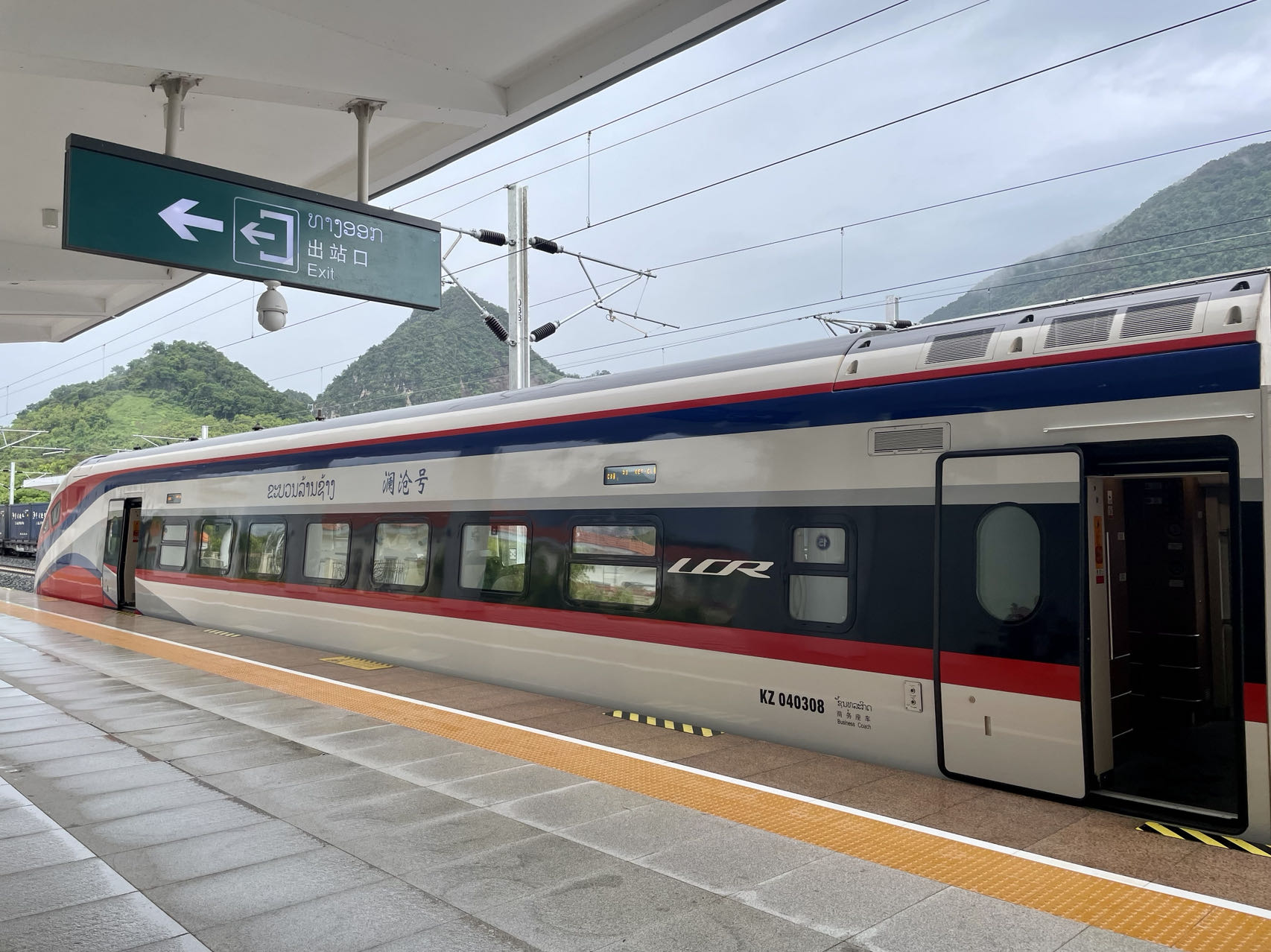 Bridging News
Bridging News
China, Laos Adopt 'One Place, Two Inspections' to Boost Railway Efficiency, Trade
Chongqing – China and Laos are set to implement a groundbreaking "one place, two inspections" policy to streamline operations along the China-Laos Railway and promote regional development.
This new initiative simplifies border procedures was announced during Chinese Premier Li Qiang's visit to Laos from October 11 to 12. If successful, Laos will become the first country to adopt this system with China.
The "one place, two inspections" policy allows customs and immigration officials from both countries to conduct checks at a single location under the jurisdiction of one party. This arrangement aims to simplify the border crossing process by having customs officers from both sides work together in one area.

Cheng Kai is an associate researcher at the Institute of International Trade and Logistics, Chongqing Academy of Social Sciences. (Photo/Cheng Kai)
Cheng Kai, an associate researcher at the Institute of International Trade and Logistics, Chongqing Academy of Social Sciences, shared insights on the policy with Bridging News.
He explained that the new system is designed to speed up customs clearance and enhance border security. It will also reduce the chances of illegal border crossings.
Cheng believed the growing popularity of the China-Laos Railway and the significance of Mohan, China's largest railway port to ASEAN, are key drivers behind the need for this policy.
Customs procedures are currently a major bottleneck hindering the efficient operation of the China-Laos Railway. Passengers face "two places, two inspections," undergoing separate checks at China's Mohan Port and Laos' Boten Port. The entire border crossing can take up to 52 minutes, with 20 minutes spent on customs alone.
The "one place, two inspections" system is expected to drastically cut down this time, enhancing both transportation efficiency and passenger experience.

The Laos section of the China-Laos Railway. (Photo/Chen Zhan)
Cheng predicted the new system would greatly enhance the railway's capacity, benefiting time-sensitive goods like fresh produce and fast-moving consumer goods. This improvement will help maintain product freshness and strengthen international competitiveness.
Opened in 2021, the China-Laos Railway has been transformative for Laos. It has transformed the country from landlocked to land-linked and enhanced its connectivity with neighboring countries like Thailand, Vietnam, and Malaysia.
Cheng sees this policy as a key step for China and ASEAN countries to reduce non-tariff trade barriers. Streamlining customs procedures, unifying standards, and recognizing mutual results could promote broader cooperation and boost trade efficiency between China and its ASEAN partners.
Moreover, the policy is expected to drive innovation in China's logistics and trade models, especially in cross-border transportation, further boosting China's export competitiveness in Southeast Asia. Cheng added that the improved efficiency of the China-Laos Railway could attract global investments, particularly in industries such as machinery, automotive parts, and agricultural equipment, further stimulating trade cooperation.
 Related Stories
Related Stories